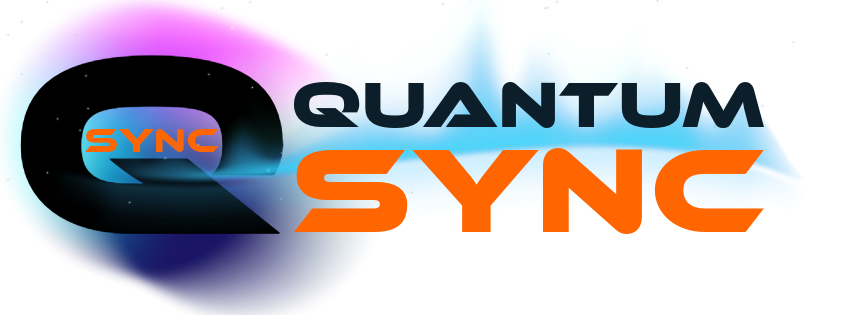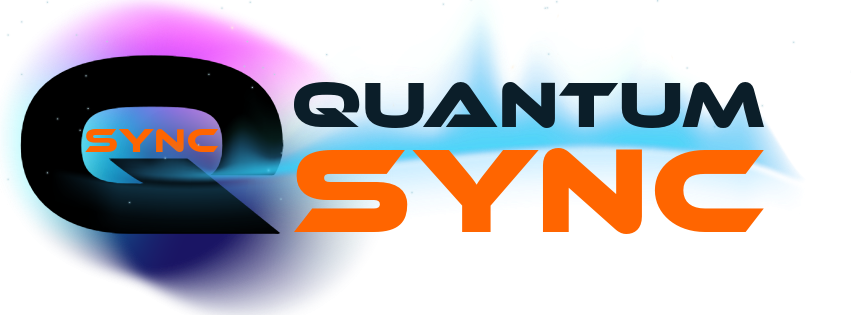Web 3.0 Blockchain: The Future of Decentralized Internet

Introduction to Web 3.0 Blockchain
Web 3.0 blockchain is redefining how we interact with the internet by introducing decentralization, transparency, and enhanced security. Unlike Web 2.0, which relies on centralized servers controlled by corporations, Web 3.0 leverages blockchain technology to create an open and user-driven digital environment. This shift aims to give individuals more control over their data, transactions, and online interactions while eliminating intermediaries.
Key Features of Web 3.0 Blockchain
Web 3.0 blockchain integrates several advanced technologies to provide a seamless and trustless internet experience. One of its key features is decentralization, where data is distributed across multiple nodes rather than stored in a single entity’s server. Smart contracts automate transactions without intermediaries, ensuring trust and efficiency. Interoperability allows different blockchain networks to communicate and exchange information, fostering seamless connectivity between platforms. Enhanced security and privacy measures safeguard user data, reducing cyber threats and unauthorized access.
Benefits of Web 3.0 Blockchain
Web 3.0 blockchain provides numerous advantages over traditional web structures. It ensures data sovereignty, allowing users to own and control their information without third-party interference. Transactions are trustless and transparent, reducing fraud risks. The elimination of intermediaries results in lower fees and faster processing times. Blockchain’s decentralized nature makes it highly resilient to cyberattacks, ensuring better security. Additionally, Web 3.0 fosters innovation by enabling new business models in the digital space.
Use Cases of Web 3.0 Blockchain
The application of Web 3.0 blockchain spans multiple industries. Decentralized Finance (DeFi) is transforming traditional banking by providing transparent and inclusive financial services. Non-Fungible Tokens (NFTs) enable digital ownership of assets such as art, music, and real estate. The metaverse integrates blockchain to create virtual worlds where users can interact and trade assets securely. Digital identity solutions ensure privacy while allowing users to control access to their personal information. Supply chain management benefits from blockchain’s transparency, improving traceability and authenticity of products.
Challenges and Future of Web 3.0 Blockchain
Despite its potential, Web 3.0 blockchain faces challenges, including scalability, regulatory uncertainty, and energy consumption. As technology advances, solutions such as Layer 2 scaling, improved consensus mechanisms, and regulatory frameworks will address these issues. The future of Web 3.0 promises a decentralized internet where users have greater autonomy, security, and opportunities in the digital world.
Read More - https://www.marketresearchfuture.com/reports/web-3-0-blockchain-market-10746
Conclusion
Web 3.0 blockchain is shaping the next era of the internet by providing a decentralized, secure, and transparent digital ecosystem. As adoption grows, businesses and individuals will experience increased control over their online interactions, making the internet a fairer and more innovative space.
- Creative Multimedia
- Education & Innovation
- Business & Technology
- Sustainability & Ethics
- App & IT Development
- Community & Culture
- Thought Leadership
- Event
- AI & Robotics
- Craft
- Movie
- Fitness
- Free Peck
- Game
- Tutorial
- Health
- Music
- Networking
- Other
- Business
- Religion
- Shop
- Sport
- Wellbeing



